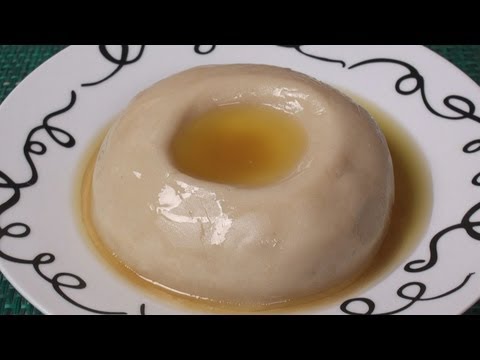In Southern Sudan, one popular street food is aseeda (also spelled asida or aceda). This traditional dish is a staple in South Sudanese cuisine, cherished for its simplicity and nutritional value.
Street vendors in South Sudan sell aseeda accompanied by various local sauces. It is a filling and affordable option for many, providing a good source of energy and sustenance.
Aseeda’s versatility and ease of preparation make it a beloved dish, reflecting the rich culinary heritage of the region.
Aseeda is made by gradually adding sorghum or millet flour, and sometimes wheat flour, to boiling water while stirring continuously to prevent lumps.
This process creates a thick, dough-like consistency. The mixture is cooked until it forms a smooth, sticky paste, which is then typically shaped into a round or oval mound.
Aseeda is usually served with a variety of sauces or stews, including:
- Mulah: A stew made from okra, meat, or vegetables.
- Wekka: A tomato-based sauce often seasoned with spices.
- Kawari: A broth made from cow’s feet, often thickened with okra.
- It can also be eaten with fermented dairy products or simple dips made from local ingredients.
Aseeda is more than just a meal; it holds cultural significance in South Sudanese society.
It is a communal dish, often shared among family and friends during gatherings and celebrations.
The preparation and consumption of aseeda are deeply embedded in the social fabric, symbolizing unity and hospitality.

